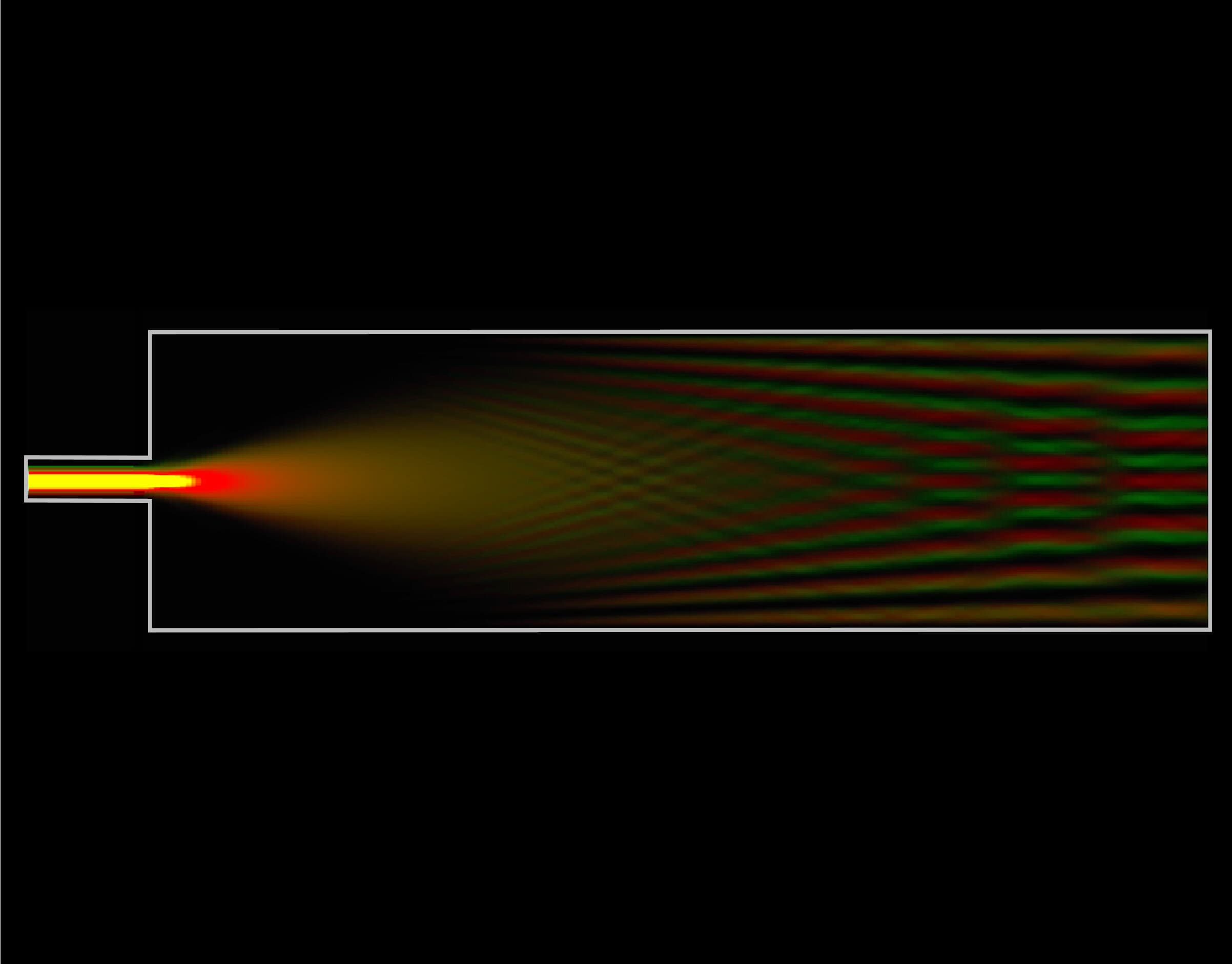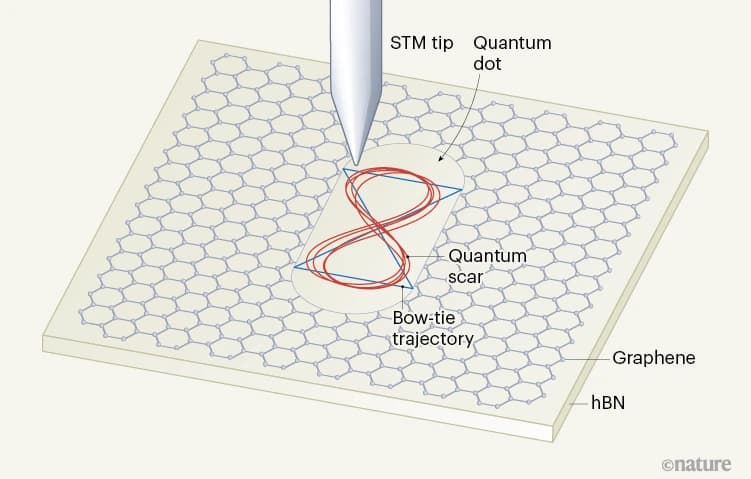Breaking Light’s Code: A Revolutionary Miniature Spectrometer
Scientists at UC Santa Cruz have achieved something remarkable: what they have done is miniaturize a forceful light-reading instrument and place it in a chip as small as a pin head all the same as the equipment thousands fold larger.
A prism splits light into the steps of a rainbow, right? That is the idea behind spectrometers, instruments which use the light to gather details about objects ranging from stars in space to biological specimens. Although existed since Isaac Newton’s time, the classic spectrometers can occupy vast spaces – some are even 3-storied – and cost a small fortune.
The breakthrough by Schmidt and Bundy engineers use artificial intelligence to build a miniature spectrometer that detects small differences in light, as narrow as 0.05 nanometers, the thickness of 1.6 million human hairs. Bigger such systems are used in rooms and, to the credit of the inventors of the tiny device, it is just as accurate as them.
Why It Matters
It’s not necessarily about things getting smaller; it is about making complex scientific devices more usable. The team’s design is overall modest compared to other concepts, and easy on the pocket, in terms of production it can take hours rather than weeks. This means that scientist could build these device in response to certain need specifically and all this at an affordable price.
Two Major Applications:
- Astronomy:
- Astronomers can use these devices to study distant galaxies
- They could help detect atmospheres on exoplanets
- The team is already working to install them at the Lick Observatory
- The low cost means researchers can customize them for specific cosmic observations
- Healthcare and Environmental Monitoring:
- Can detect fluorescence signals useful for cancer screening
- Shows promise for identifying infectious diseases
- Could be used to detect environmental pollutants or drugs in the body
- The compact size makes it practical for field use
How It Works
The device uses a special waveguide mounted on a chip to direct light into specific patterns based on color. What makes this approach unique is its use of machine learning – rather than requiring extremely precise manufacturing, the AI algorithms can interpret and improve their understanding of these light patterns over time.
Looking Ahead
The team hasn’t stopped at a single chip – they’ve successfully demonstrated using four waveguides together, and Professor Schmidt believes hundreds could work in parallel. This scalability, combined with the device’s precision and affordability, opens up exciting possibilities across multiple fields, from medical diagnostics to space exploration.
This advancement represents a significant step forward in making sophisticated scientific tools more accessible and practical for researchers across various disciplines, potentially accelerating discoveries in astronomy, medicine, and environmental science.
The researchers created this technology at UC Santa Cruz, with fabrication support from Brigham Young University through a collaboration with Professor Aaron Hawkins. Their findings were recently published in APL Photonics, marking an important milestone in spectroscopy technology.






